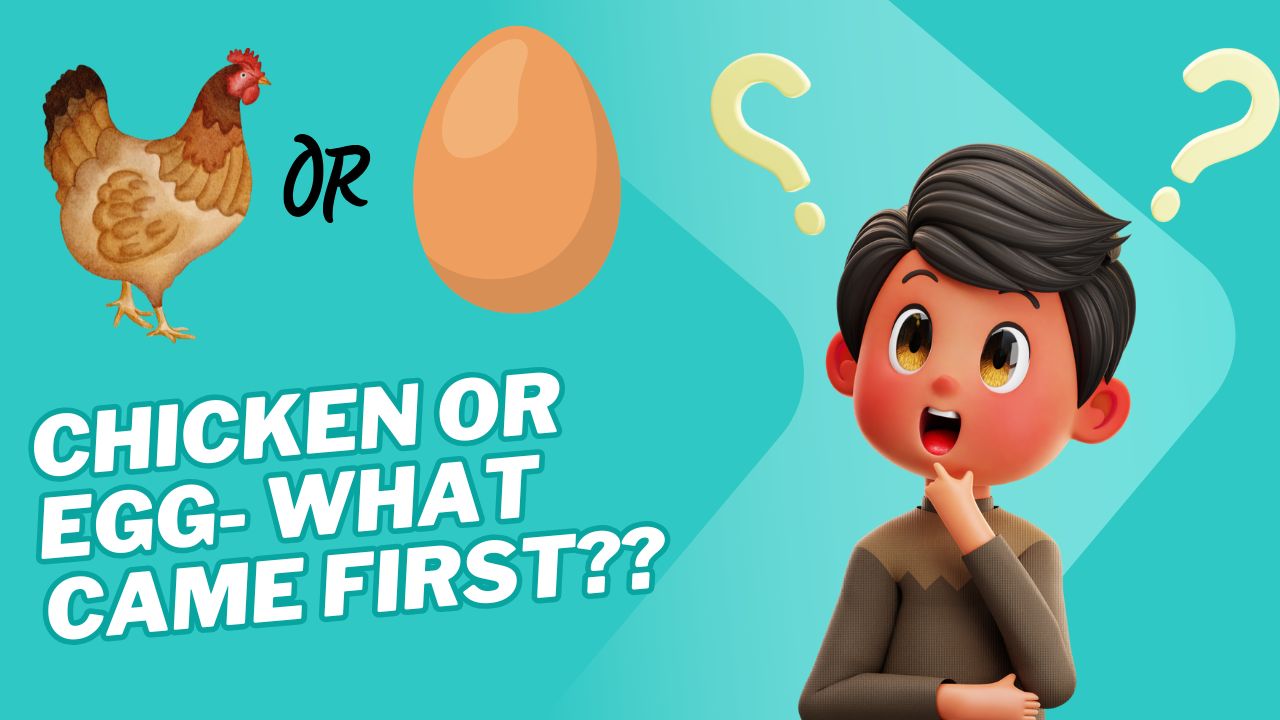Want to know what came first – the chicken or the egg? Scientists might have just cracked this ancient riddle. Let me break down this fascinating discovery for you.
The Game-Changing Discovery
Here’s something mind-blowing: the ability to form embryos might have existed before animals themselves. Yes, you read that right.
Scientists discovered this while studying a tiny single-celled organism called Chromosphaera perkinsii. This microscopic creature has been around for over a billion years, quietly holding secrets about life’s origins.

Why This Matters (And It Really Does)
Think about this:
- This organism reproduces similarly to animal embryos
- It creates structures that look like early animal development
- It’s been doing this for over a billion years
- It’s changing everything we thought we knew about evolution
The Science Behind the Discovery
Let’s get into the nitty-gritty (don’t worry, I’ll keep it simple).
Marine Olivetta and her team at the University of Geneva found something incredible. This single-celled organism does something called “palintomy” – fancy word, I know. But here’s what it means: it divides in a way that looks exactly like how animal embryos develop.
Here’s the Really Cool Part
This tiny organism forms a hollow ball of cells (scientists call it a blastula). Sound familiar? That’s exactly what happens in animal embryo development. But wait, there’s more – they found at least two different types of cells in this structure.
What This Means for the Age-Old Question
So, does this answer the chicken-and-egg question? Well, it suggests something even more fascinating – the blueprint for creating embryos existed long before chickens or eggs were even a thing.
The Plot Twist
But here’s where it gets interesting. Scientists are being cautious (as they should). This could be what they call “convergent evolution” – when different organisms develop similar traits independently. It’s like how both birds and bats can fly, even though they evolved separately.
What’s Next?
This discovery opens up huge possibilities for understanding how life evolved. Think of it as finding the first page of life’s instruction manual.
Key Takeaways:
- The ability to form embryos might predate animals
- A billion-year-old organism shows embryo-like development
- This could revolutionize our understanding of evolution
- More research is needed to confirm these findings
The Bottom Line
While we might not have definitively answered the chicken-and-egg question, we’ve discovered something even more fascinating – the basic instructions for creating complex life might have existed long before complex life itself.
Remember: science isn’t just about answering questions; sometimes it’s about finding better questions to ask.
Want to dive deeper into evolutionary biology? Let me know in the comments below.


